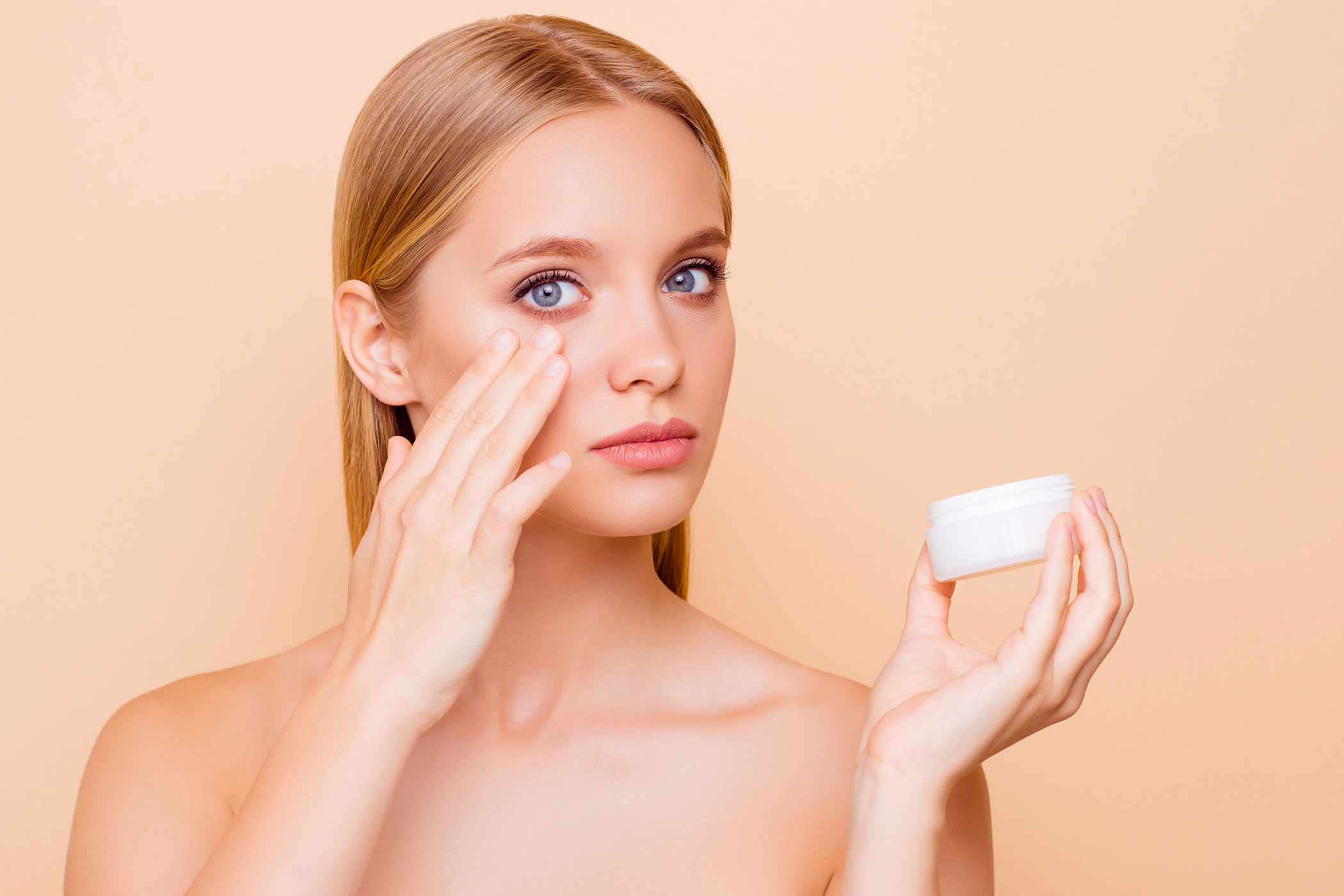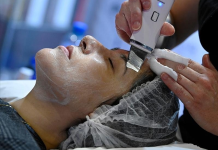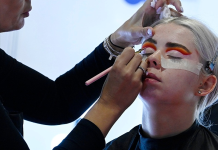Expert Advice: How to tackle your clients' dry skin problems
From cleansing to diet, Andrea O’Donnell offers ways to quench dehydrated and dry skin.
 Do you have clients that suffer from dry skin? We have all probably experienced dry skin at one time or another, skin that looks dull and feels flaky and itchy.
Do you have clients that suffer from dry skin? We have all probably experienced dry skin at one time or another, skin that looks dull and feels flaky and itchy.
Dry skin, otherwise known as Xerosis, is skin that lacks oil as a result of diminished secretions from the sweat or sebaceous glands. The Stratum Corneum (outermost layer of the skin) is composed of dead skin cells that are cemented together to form a protective barrier over the living cells below. When the Stratum Corneum's water content is low due to environmental factors, it shrinks in volume and tightens against the skin cells underneath, causing the skin to crack and flake.
The Stratum Corneum needs the skin's natural oils to help seal in the moisture so if the skin does not produce enough sebum and can't hold onto water, then this is when you have your problem.
There are several other factors that cause dry skin, such as unprotected sun exposure, harsh cleansers/AHA's but the main problem is extreme weather conditions with low humidity taking all the moisture out of the skin during the winter (central heating) and in the summer (air conditioning).
Here are a few simple tips to prevent dry skin:
Recommend a gentle cleanser
Finding a gentle cleanser that adds moisture to the skin is crucial. Recommend clients swap their lathering cleanser for a nourishing milk, oil or cream cleanser to dissolve the skin's daily dirt and make-up without stripping the skin's natural oils.
Cleanse using cooler water
Advise clients to avoid long, hot showers or baths as it strips the natural oils and water from the skin.

Look out for products that have humectants to attract moisture and emollients to smooth the spaces between skin cells to restore the skin's natural barrier. Hyaluronic Acid and Urea are the best humectant ingredients for dry skin but always make sure to seal them into the skin with a rich emollient on top. Vitamin E is my favourite emollient as it also has antioxidant properties to maintain a healthy skin barrier. The best emollients are ceramides and fatty acids.
Hydra Perfection from
DIBI Milano is an extreme nourishing treatment for dry skin, working directly on the receptors that generate and regulate moisture and nourishment within the skin to really give that nourishing treat that the skin needs and return that inner glow.
Recommend to clients that it's best to apply moisturiser onto damp skin as product absorption works best when the skin is slightly damp.
Add moisture back from the environment
Suggest clients invest in a humidifier to add moisture back into the skin.
Maintain a healthy diet
What we eat is as important as the products that we put on our skin. Talk to clients about how diet could improve their skin overall health from the inside out, suggesting that they add healthy fats such as avocados, nuts and fish rich in fatty acids to improve skin moisture from within.
Andrea O'Donnell is DIBI Milano National Educator for Xpert Professional.







